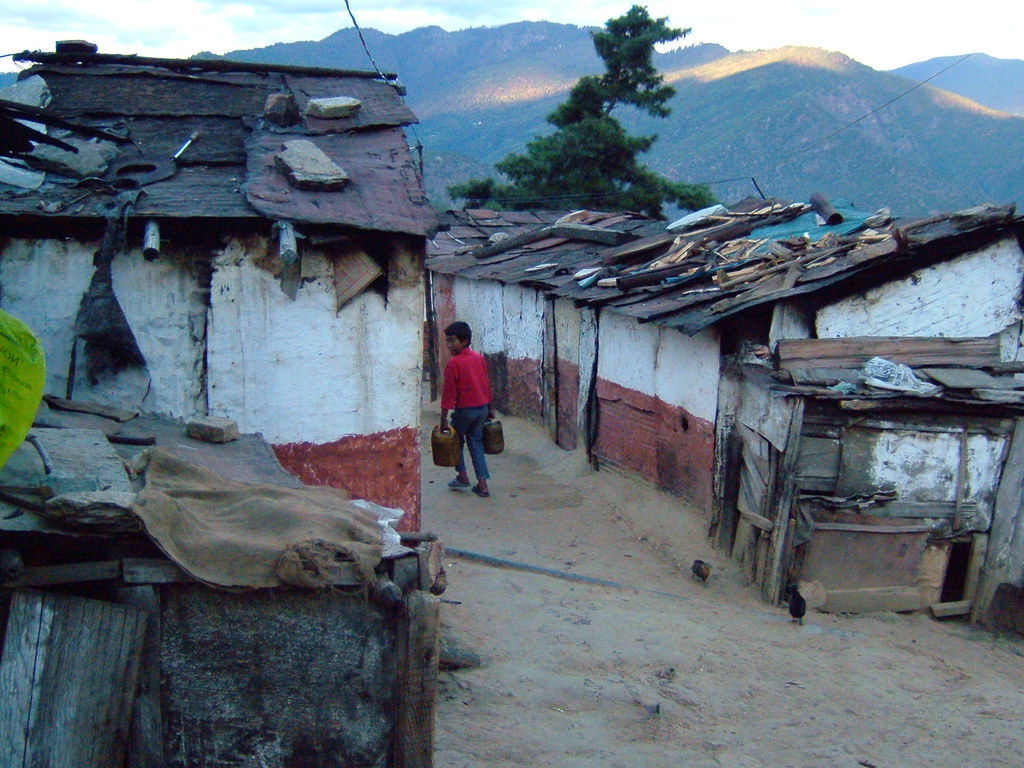
Straddled by two of Asia’s growing giants, India and China, Nepal features vast, mountainous landscapes and people from diverse ethnic cultures. However, the nation remains one of the poorest countries in the world. Here are 15 facts about poverty in Nepal.
15 Facts About Poverty in Nepal
- Poverty Rate: Twenty-five percent of the Nepali population lived below the poverty line in 2011. However, the country has seen a significant improvement compared to a rate of 41.8% in 1996 and 30.9% in 2004.
- Malnourishment: High food prices and limited access to farming in rural areas contribute to hunger in Nepal. Around 5 million people in Nepal do not have sufficient nourishment. Additionally, more than 85% of people rely on small-scale agriculture as their main form of sustenance.
- Civil War: Nepal experienced a civil war between 1996 and 2006, the effects of which the country still feels today. Conflict within a country often coincides with increasing poverty rates, as it limits the transportation of resources, health care access and a healthy job market.
- Corruption: Nepal’s government holds a reputation for being corrupt. Abuse of authority leads to an unfair economic system and unequal distribution of resources thereby perpetuating the issue of poverty in Nepal. Countries often feel the effects of corrupt government bureaucracy during natural disasters.
- Natural Disasters: Natural disasters have heavily afflicted Nepal, such as the 2015 earthquake which destroyed infrastructure, homes and economic growth. An already struggling economy and little political stability often exacerbate the effects of earthquakes in Nepal. Between the main earthquake in 2015 and the aftershock that came two weeks later, 8,970 lost their lives and 22,303 people became seriously injured. Estimates have determined that the total value of the damages from the earthquake and aftershock are equivalent to $7 billion.
- Infant Mortality Rates: A lack of health care and access to education in impoverished regions, for which there are many in Nepal, contribute to high infant mortality rates. In 2016, for every 1,000 children born in Nepal, 34 died before their fifth birthday.
- Geography: The geography of this country makes it difficult to effectively alleviate poverty. As a landlocked and mountainous region, the development and transportation of resources are cumbersome in Nepal. Furthermore, Nepal experiences political pressures from neighboring countries that can interfere with resource distribution.
- Infrastructure: Nepal’s roads are often in rough condition and the seasons heavily affect them. Delays, flat tires and small spaces are common. Because of their rural location, distance and terrain isolate much of Nepal’s population from employment and economic opportunities. Lack of basic infrastructure and access to transportation services makes it difficult for those in poverty to access markets and services.
- Agriculture: A lack of advanced farming methods also makes it hard for the country to make progress against poverty. Eighty percent of Nepal’s population lives in rural areas. In 2017, agriculture made up nearly one-third of the Himalayan country’s GDP. Additionally, more than 85% of its people relied on agriculture as their main form of sustenance. However, outdated methods are slowing the farming pace, and Nepal’s government continually fails to provide proper infrastructure to farmers.
- Education: Prior to 1951, only members of the upper class received an education. Since then, the Nepali government began expanding the reach of education. However, when the country introduced private education, the gap between rich and poor children only widened. Poor children still have low rates of access to education and many children leave school to work or help at home. Nepal as a whole has a literacy rate of only 65%. Furthermore, the quality of education remains low, as the teachers themselves often have very little schooling.
- Forced Labor and Human Trafficking: Nepal is a source, transit and destination country for forced labor and human traffickers. Lack of education for women and children leaves them particularly vulnerable. Many women will agree to marriages through matchmaking companies and find themselves in a domestic slavery situation instead. In desperation, parents will allow people to take their children in exchange for education opportunities. However, these children often end up in false orphanages to garner donations from tourists.
- Sanitation: Access to basic sanitation is still a major problem in Nepal. Nearly 10.8 million people are without access to basic sanitation and 16% of the population practices open defecation. Organizations such as the Global Hope Network have sought to educate inhabitants of villages about the health issues associated with these systems, and have begun building more sanitary infrastructure in places without access to toilets.
- Rice Production and Economic Growth: In 2017, Nepal produced 5.2 million tons of rice, the most ever recorded. This helped the country grow economically by 7.5% and greatly reduced its poverty levels. During this same time period, Nepali foreign workers sent significant amounts of remittances and inflation rates stabilized for the time being.
- SAMBHAV: There are many nonprofits working to alleviate poverty in Nepal from the ground up. Organizations such as SAMBHAV are beginning with the education system. This group has reconstructed schools and moved them to more convenient locations in order to increase attendance. SAMBHAV also renovates and rebuilds schools so that students can study in modern, clean and safe classrooms, often adding sanitation facilities where they did not previously exist.
- Habitat for Humanity: Habitat for Humanity is also working on the ground in Nepal to address the housing crisis. Currently, the organization, alongside its partners, is building 2.3 houses per hour.
The issues contributing to these facts about poverty in Nepal are many, but the country is making progress. The country’s poverty rate has seen significant improvement over the past two decades, and recent economic successes should continue that trend, leading to a better quality of life for more and more Nepalis. Efforts of volunteers and nonprofit organizations have the potential to make a big difference. These 15 facts about poverty in Nepal highlight the various issues that contribute to the problem and the impact they have on the country.
– GiGi Hogan
Photo: Flickr
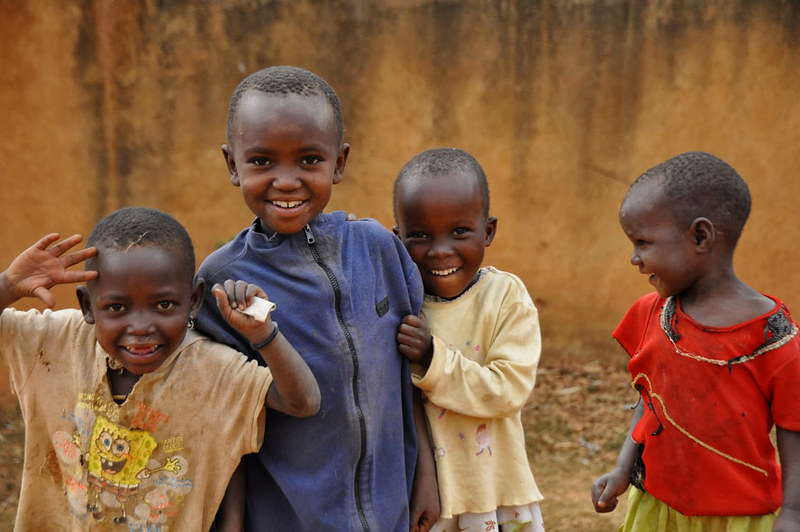
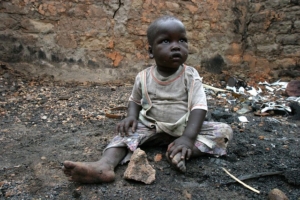 Zimbabwe has become a country of international focus since UNICEF, the United Nations World Food Program (WFP) and the Zimbabwean government have
Zimbabwe has become a country of international focus since UNICEF, the United Nations World Food Program (WFP) and the Zimbabwean government have 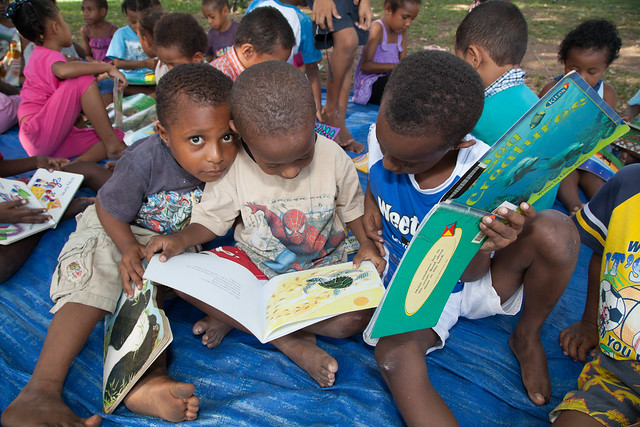

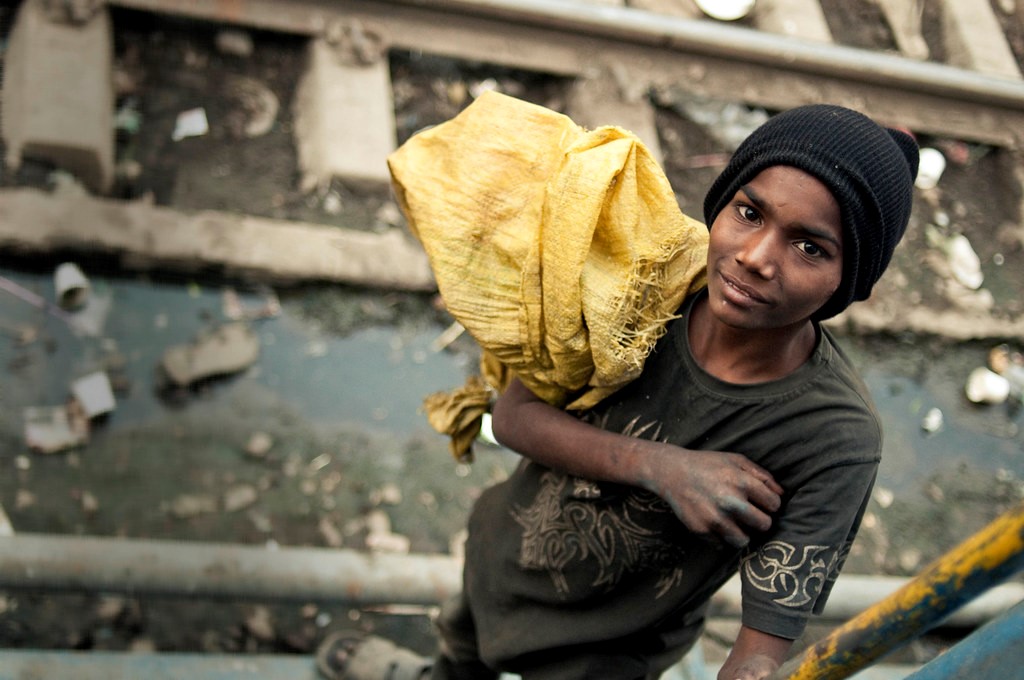
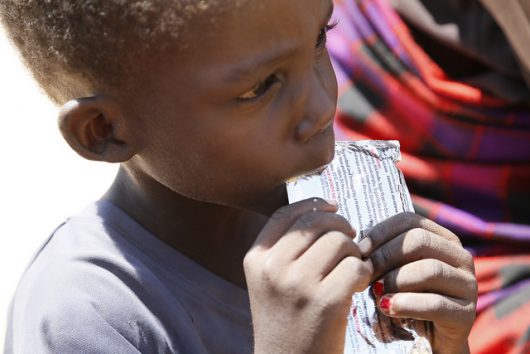

 Since 2013, political unrest in
Since 2013, political unrest in 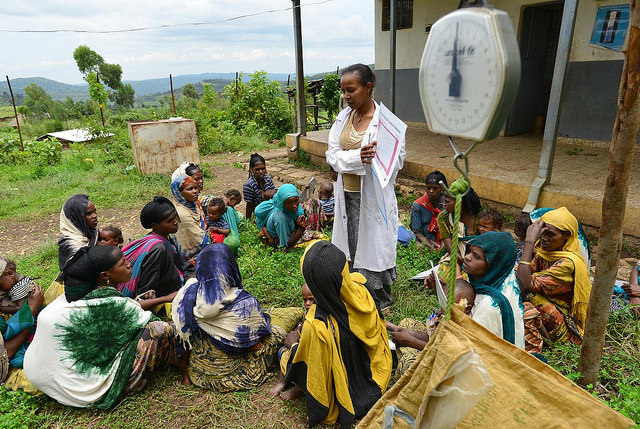 The United Nations (U.N.) estimates that there are currently 795 million undernourished people in the world. With the help of the global community, it is possible to significantly reduce this number. The necessary steps to addressing food insecurity depend largely on the cost to end malnutrition.
The United Nations (U.N.) estimates that there are currently 795 million undernourished people in the world. With the help of the global community, it is possible to significantly reduce this number. The necessary steps to addressing food insecurity depend largely on the cost to end malnutrition.